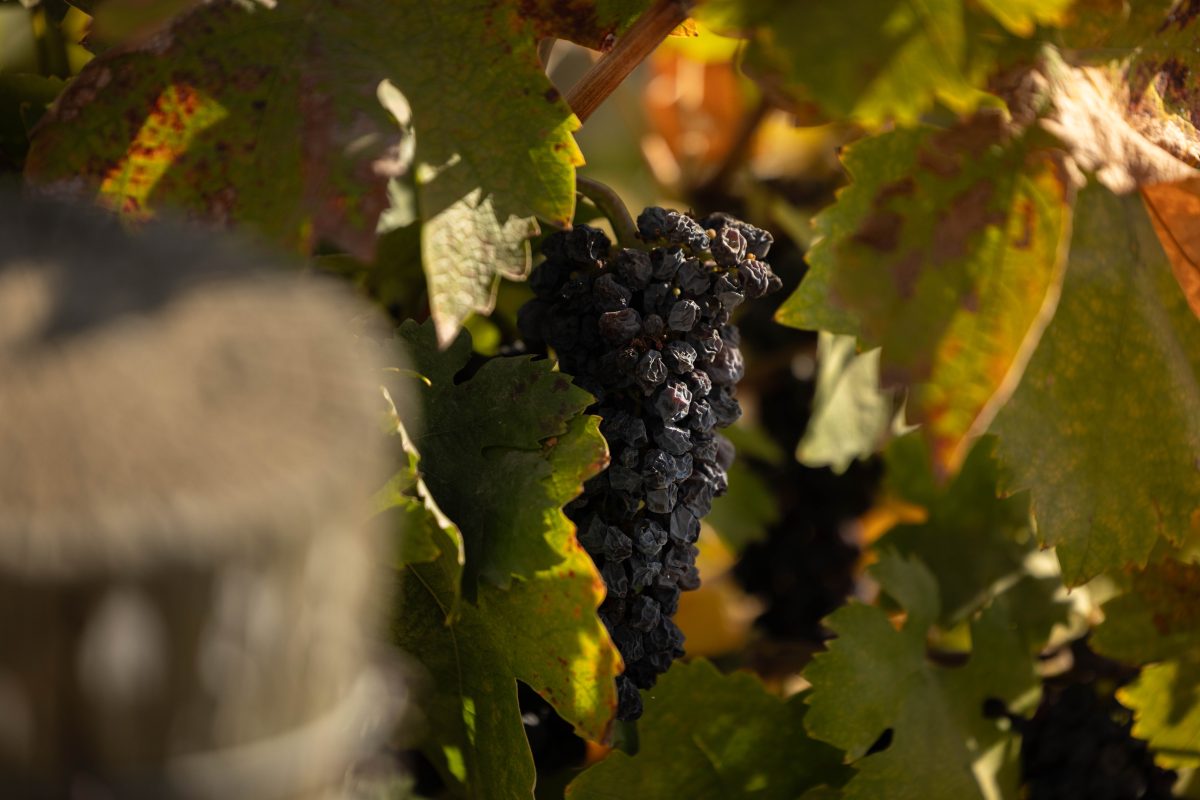Inflation in recent years has been troublesome for every consumer and has affected every sector of the U.S. economy, but has the agricultural sector been impacted the most?
Farmers and ranchers across the country have been impacted tremendously by inflation, with the rising cost of everyday farm supplies needed to keep the operations afloat effectively and their businesses profitable.
A majority of farmers are having to cut costs wherever they can to make up for monetary losses, even here on campus, according to Robert Willmott, the lead manager at the Fresno State Orchard.
“We try to run equipment less. Do[ing] fewer passes [with tractors] increases strip tiling operations. We try to run our irrigation equipment off peak hours, so less energy cost. No running from 4-8 p.m. We have had to cut labor, reduce inputs and sell animals,” Willmott said.
An essential farm input such as fertilizer, has seen drastic price increases in recent years, making it more difficult for farmers and ranchers to maximize profits and minimize operating costs. For example, in June 2020 the cost for Diammonium phosphate ( DAP) fertilizer was $273 per metric ton. This September, it was $527.90. There was an increase of $254.90 for the exact same fertilizer, which is an increase of 93.37% since June of 2020.
Inflation has been cooling down for the past year. In September 2023, the inflation percentage was reported at 3.70%, down from 8.2% in September 2022.
Many are wondering if inflation has been going down in recent months, why haven’t the prices of commodities in the grocery store come down as well?
The U.S. inflation rate, however, is different from the food inflation rate of the U.S. The U.S. inflation rate refers to the overall price change of the economy. The food inflation rate refers to the changes in food prices. Food inflation depends on many factors, such as distribution in the supply chain, weather conditions that can affect agricultural production, governmental policies and supply and demand.
In 2022, the average food inflation rate for the entire year was 9.9%, the highest percentage since 1979. In September of that same year, the food inflation rate was 11.2%. As of September of this year, however, it was 3.7%, a 7.5% drop from the previous year.
Farmers in the San Joaquin Valley have been affected the most by the food inflation rate and the rise in the price of essential inputs. Already dealing with drought conditions and water scarcity, being a Valley farmer is challenging, especially during these economic times.
“Second to the monumental water year California experienced, inflation is on the top of mind for most California farmers and ranchers. Almost every farm input cost has went up in the past two years, in most cases, significantly,” said Ryan Jacobsen, CEO of the Fresno County Farm Bureau. “As price-takers, not price-makers, we cannot pass these costs on. We are in a time of depressed commodity prices for many crops, which exacerbates the struggles farmers and ranchers are experiencing.”
Since the prices of food commodities at the grocery store are still high, does that mean farmers are making more money to help offset the high prices of essential farm inputs caused by inflation?
“Even though consumers have seen significant increases at the grocery store, in most cases, little or none of that increase has made its way back to the farm. It is taken up by other parts of the supply chain,” Jacobsen said.
Inflation has impacted Fresno State agricultural production as well. The department is having to cut back on several farm production areas due to the high prices.
Willmott explained that the cost of all the essential farming inputs has gone up on all items, ranging from 11%-17% with inflation.
“Inflation has limited some of our crop inputs as well as future plantings. Fertilizer has skyrocketed in 2022 but has started to come down some in 2023,” Willmott said.
On Oct. 27, KMJ reported that The Rabobank affordability index showed a positive outlook for farmers in the near future, with an expected increase of 5% in fertilizer purchasing in 2024, indicating that the fertilizer price may potentially come down in 2024.
KMJ also reported that over the last two quarters, organic and fresh produce sales have increased, giving farmers and the entire agriculture sector hope to come back from the financial hardships brought on by inflation.
















